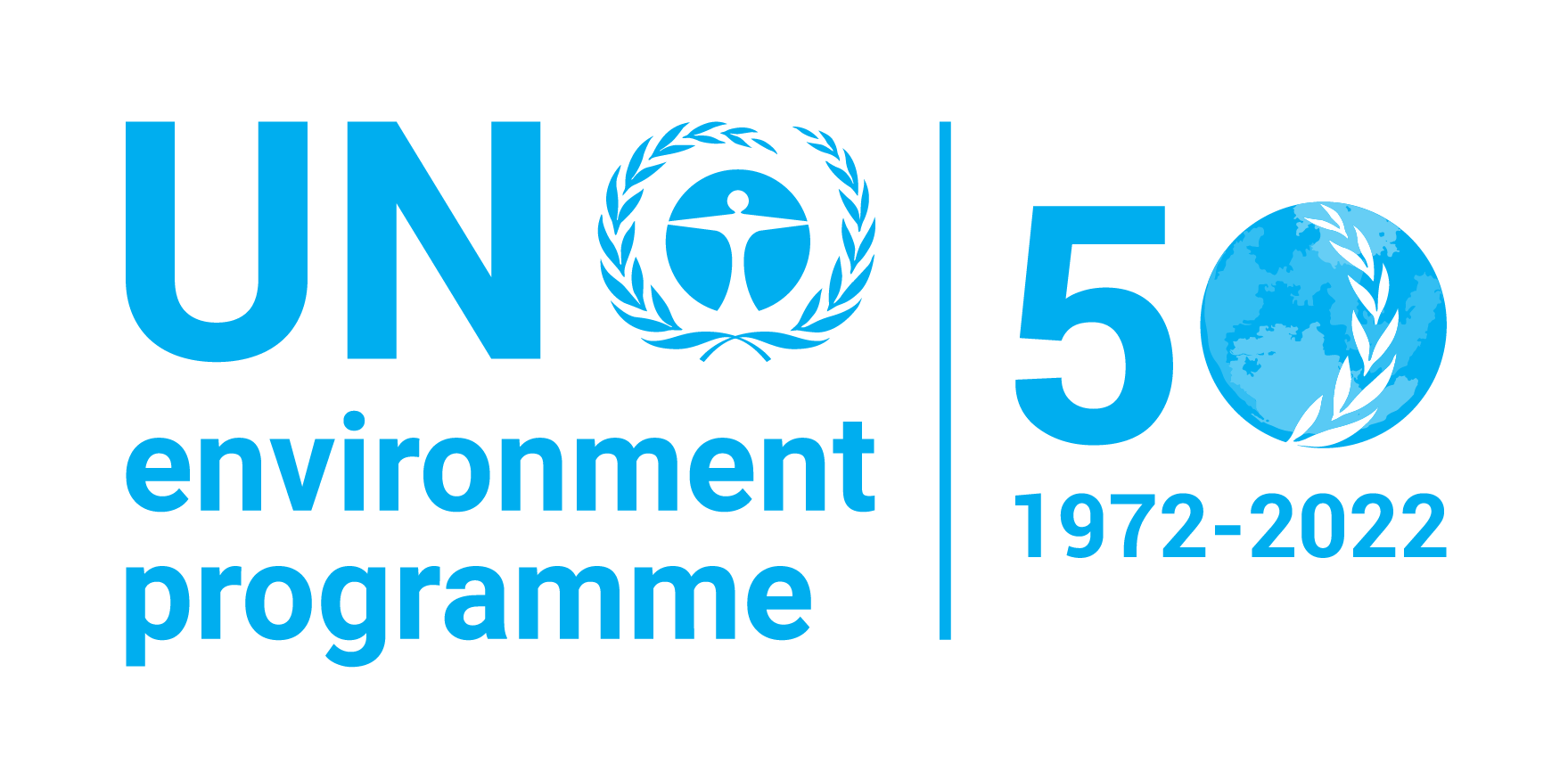An Introduction to the Simple Climate Models used in the IPCC Second Assessment Report

Date
1997Author
Intergovernmental Panel on Climate Change (IPCC)
Citation Tool
Bibliographic Managers
RT Generic T1 An Introduction to the Simple Climate Models used in the IPCC Second Assessment Report A1 Intergovernmental Panel on Climate Change (IPCC) YR 1997 LK http://hdl.handle.net/20.500.11822/8588 PB Intergovernmental Panel on Climate Change (IPCC) AB TY - GEN T1 - An Introduction to the Simple Climate Models used in the IPCC Second Assessment Report AU - Intergovernmental Panel on Climate Change (IPCC) Y1 - 1997 UR - http://hdl.handle.net/20.500.11822/8588 PB - Intergovernmental Panel on Climate Change (IPCC) AB - @misc{20.500.11822_8588 author = {Intergovernmental Panel on Climate Change (IPCC)}, title = {An Introduction to the Simple Climate Models used in the IPCC Second Assessment Report}, year = {1997}, abstract = {}, url = {http://hdl.handle.net/20.500.11822/8588} } @misc{20.500.11822_8588 author = {Intergovernmental Panel on Climate Change (IPCC)}, title = {An Introduction to the Simple Climate Models used in the IPCC Second Assessment Report}, year = {1997}, abstract = {}, url = {http://hdl.handle.net/20.500.11822/8588} } TY - GEN T1 - An Introduction to the Simple Climate Models used in the IPCC Second Assessment Report AU - Intergovernmental Panel on Climate Change (IPCC) UR - http://hdl.handle.net/20.500.11822/8588 PB - Intergovernmental Panel on Climate Change (IPCC) AB -Metadata
Show full item recordDescription
This technical report is aimed at introducing the climate system and simple climate models (SCMs). This report has two objectives namely: to explain how SCMs work, the processes that are induced in them, what their strengths and weaknesses are in relation to more complex models and the purposes to which they are applied. The second objective is to fully document the procedures and assumptions used to generate the trace gas concentration, global mean temperature change and global mean sea level rise projections. This report also attempts to reflect the importance of this document as tools for scientific and policy analysis. It further extensively analyses the global climate and climate system specifically looking at human effects to the composition of the atmosphere and cloud, surface and dynamical interactions between clouds, land surface, oceans and atmospheric motions. This analysis is further made by an assessment of radiative forcing, fast and slow feedbacks, climate sensitivity and regional climate response. The report also examines the hierarchical structure of the atmosphere and ocean climate models, carbon cycle models, atmospheric chemistry and aerosols model, models of ice sheets, computes the rise in sea level and utilization of simple and complex models in policy development. This report further describes the simple climate models used in the IPCC Second Assessment Report and makes a comparison of surface temperature changes and ocean thermal expansion as stimulated by atmosphere-ocean general circulation models (AOGCMs) and SCMs.
Collections
View/Open
Statistics
View per month
Top countries
Download
Document Viewer
To read more, scroll down below.
Related items
Showing items related by title, author, creator and subject.
-
4º Relatório Sobre a Biodiversidade em cabo Verde
Unknown author (2009)Com a ratificação da Convenção sobre a Diversidade Biológica, em Março de 1995, Cabo Verde comprometeu-se perante o mundo em apresentar periodicamente ao Secretariado da Convenção, o balanço da implementação da mesma no ... -
Ecosystems and Human Well-Being: Desertification Synthesis
Millennium Ecosystem Assessment Board (Millennium Ecosystem Assessment Board, 2005)This report integrates findings of the Millennium Ecosystem Assessments related to current state and future trends of desertification and its impacts on ecosystems and human well-being and is organized around a set of key ... -
Adaptation to Climate-change Induced Water stress in the Nile Basin - A vulnerability assessment report
United Nations Environment Programme (UNEP, 2013)The Nile River Basins rich ecological resources are vital to the 238 million people living in the region. The basins natural environment is the ultimate source of its economic activities (production and consumption) and ...




